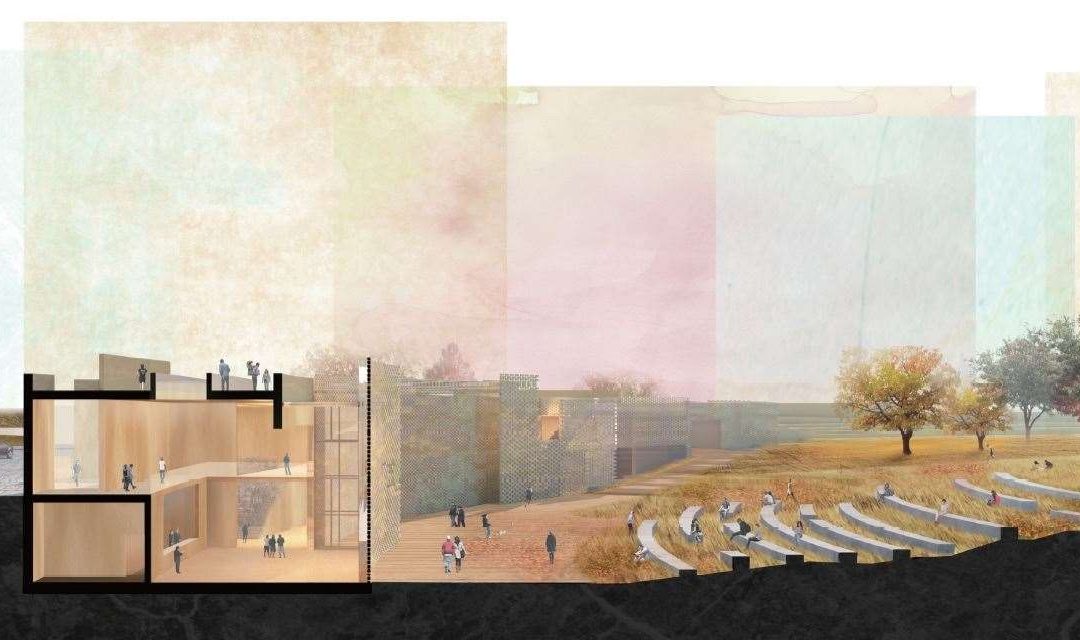On November 29, 2017 over thirty people representing various sectors of the Irish community met under the auspices of Dr. Michael Kenneally to hear an update on the discussions to create a memorial park to commemorate the 6,000 victims of the typhus epidemic among those fleeing the famine in Ireland in 1847. The only element to mark their graves is the Black Rock on the median in the middle of the highway heading south to the Victoria Bridge.
Victor Boyle and Fergus Keyes, members of the Irish Monument Park Foundation, informed the group about what was discussed at two meetings with Hydro-Quebec, the new owners of the land where the cemetery is located.
At stake are ten acres of land bought by Hydro-Quebec from the Canada Lands Company to build an electrical substation. Hydro-Quebec initially agreed to cede some of the land for a park but the amount has fluctuated, saying their needs have grown from 60% of the land to 75%.
When it was discovered that the City of Montreal did not own the land, it promised to write a letter to the Canada Lands Company, whose mandate is to bring the best possible benefit to the community and to the Government of Canada, in order to inform the company of the community’s desire to use the land for a memorial park. The city did not write the letter. The Canada Lands Company has ignored its mandate to support communities by selling the land to Hydro-Quebec.
The new administration in Montreal supports the idea of a memorial park as do various other politicians including Marc Miller, the MP for Ville-Marie, Le Sud-Ouest, Île-des-Soeurs.
A working group consisting of Victor Boyle, Ancient Order of Hibernians; Fergus Keyes, Montreal Irish Memorial Park Foundation; Mike Nelson, Irish Protestant Benevolent Society; Scott Phelan, Saint Patrick’s Society of Montreal; Paul Loftus, United Irish Societies; Lynn Doyle, Ciné Gael will explore the different possibilities with the various levels of bureaucracy and report back to the community.
Hydro-Quebec has given itself a deadline of March 2018 to complete discussions and has already completed testing of the site. Having dug several test pits, they have found evidence of the fever sheds and some artifacts, but no bodies. They did discover an extensive layer of quick-lime which would explain why no bodies were found. In the summer of 1847 with the temperature reaching tropical levels, the dead were laid in pits and covered with lime to hasten decomposition.
Questions of financing and creating public support were raised and discussed. The problem of how much land the electrical substation will occupy is the sticking point.
Another meeting with the working group, Hydro-Quebec, and other intervenors is expected in January. The community will be informed at that point.



Recent Comments